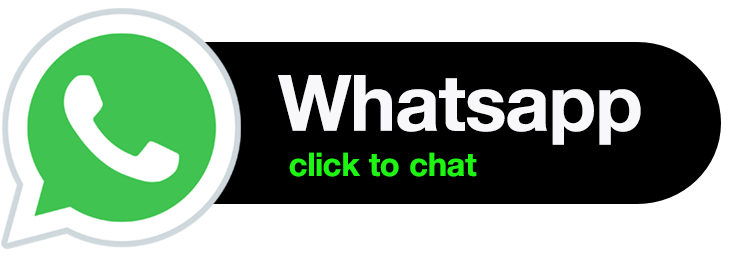Literacy Education: Communication Literacy Model in Tudang Sipulung Culture in Patondonsalu Village at Enrekang District
DOI:
https://doi.org/10.58905/saga.v1i1.15Keywords:
Literacy, Communication, Communication Literacy, Culture, Tudang SipulungAbstract
This type of research is descriptive qualitative research conducted in the village of Patondonsalu, Enrekang Regency, focusing on the communication literacy model in the Tudang Sipulung culture. The results showed that the communication literacy model in the implementation of culture tudang sipulung in the Patondonsalu village is fine enough because it has fulfilled elements: identification topic/subject, target audience, relevant formats, types source; exploration sources, and information appropriate to the topic; organization, evaluation and compiling information according to the logical arrangement, distinguishing among facts and opinions, and uses visual tool aids for comparing and contrasting information; (who); (what is said); (communication channel); (to whom); and with what effect (element of influence/effect) or what is the effect of the communication. However, the applied communication literacy model is not yet maximum because there is not yet relevant selection and recording information, the creation information not yet well done, presentation, dissemination or display of information from results activity tudang sipulung also out yet there. Then output appraisal, based on other people input from implementation culture tudang sipulung still very low and almost no at once
References
Arnett, R. C., Fritz, J. M. H., & Bell, L. M. (2009). Communication Ethics: Literacy Dialogue and Difference. Sage Publications. Sage Publications.
Baran, S. J. (2015). Introduction to mass communication.
Bearne, E. (2013). Rethinking literacy: Communication, representation, and text. Reading. 37 (3), 98–103.
Craig, K. D. (2015). Social communication model of pain. Pain, 156 (7), 1198–1199.
Craig, K. D. (2019). The social communication model of pain. Canadian Psychology/Psychologie Canadienne, 50 (1), 22–28.
DeVito, J. A. (2019). The interpersonal communication book. Instructor.
Frankel, K. K., Becker, B. L., Rowe, M. W., & Pearson, P. D. (2016). From “what is reading?” to what is literacy? Journal of Education, 196 (3), 7–17.
Hanson, T. A., & Olson, P. M. (2018). Financial literacy and family communication patterns. Journal of Behavioral and Experimental Finance, 19, 64–71.
Hobbs, R. (2018). Expanding the concept of literacy. Media Literacy in the Information Age, 163–183.
McQuail, D. (2015). Mass communication. In The International Encyclopedia of Political Communication (pp. 1–12).
Ritonga, S., Riadi, S., & Siregar, Z. (2020). Islamic Communication Model in Therapeutic Communication Practices at Adam Malik Hospital. Siasat, 5 (2), 84–93.
Rogers, A. (2005). Urban Literacy. Communication, Identity and Learning in Development Contexts. UNESCO Institute for Education.
Schement, J. R. (2017). Communication and information. Between Communication and InformationBetween Communication and Information, 3–33.
Scodel, R. (2014). Between Orality and Literacy: Communication and Adaptation in Antiquity. Orality and Literacy in the Ancient World, 10, 13–20.
Tugtekin, E. B., & Koc, M. (2020). Understanding the relationship between new media literacy, communication skills, and democratic tendency: Model development and testing. New Media & Society, 22 (10), 1922–1941.
Downloads
Published
Issue
Section
License
Copyright (c) 2023 Ismaya, Mahmuddin, Arifuddin Tike, I Ibrahim

This work is licensed under a Creative Commons Attribution-ShareAlike 4.0 International License.












